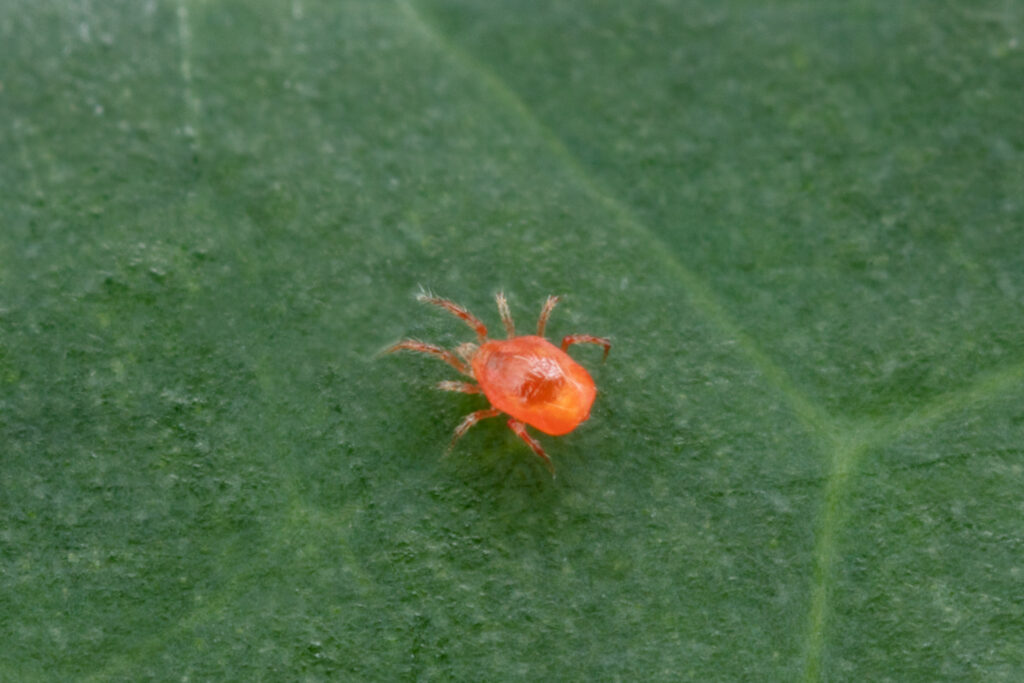
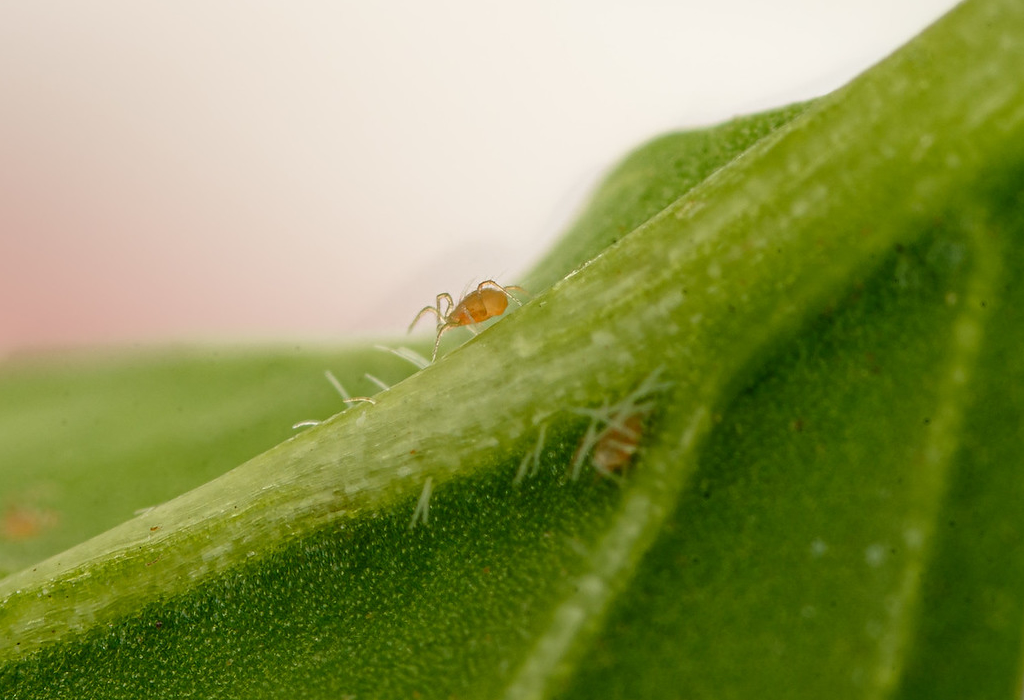
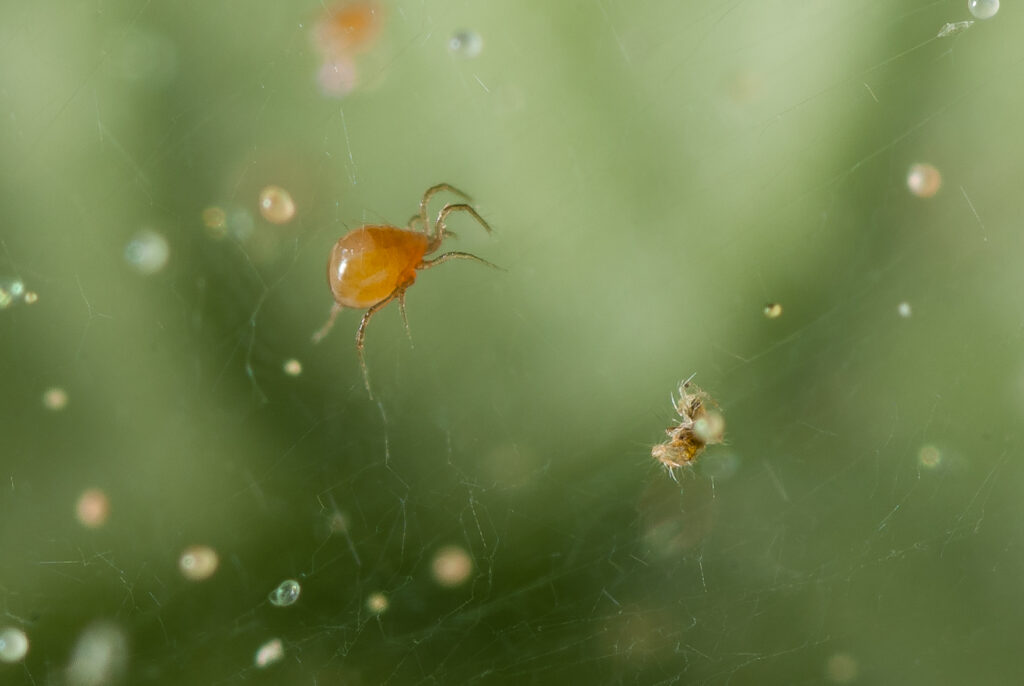
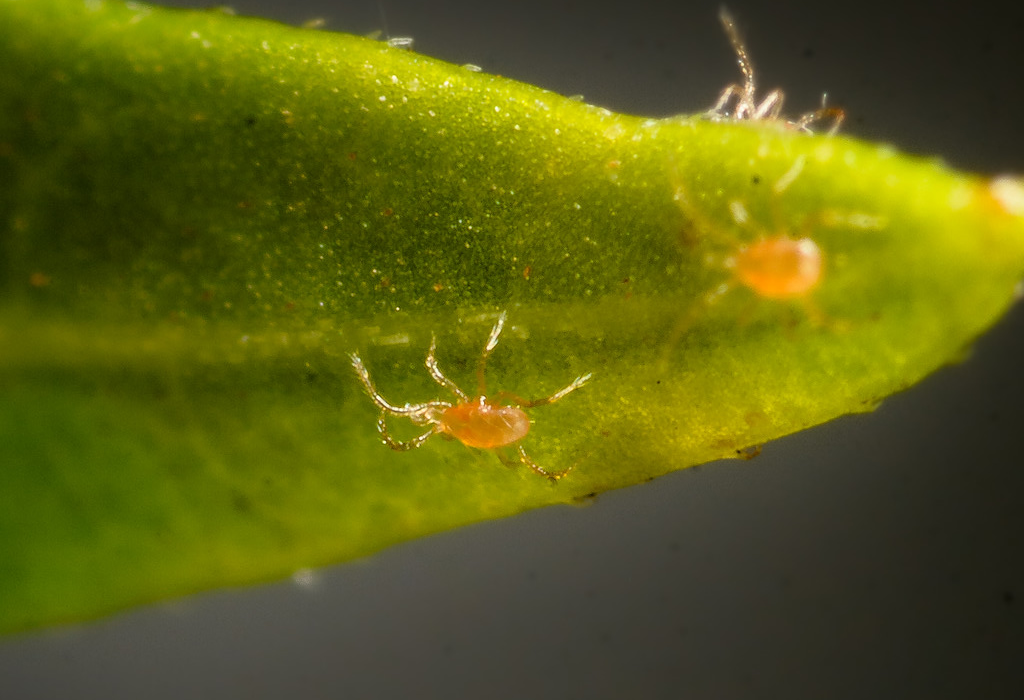
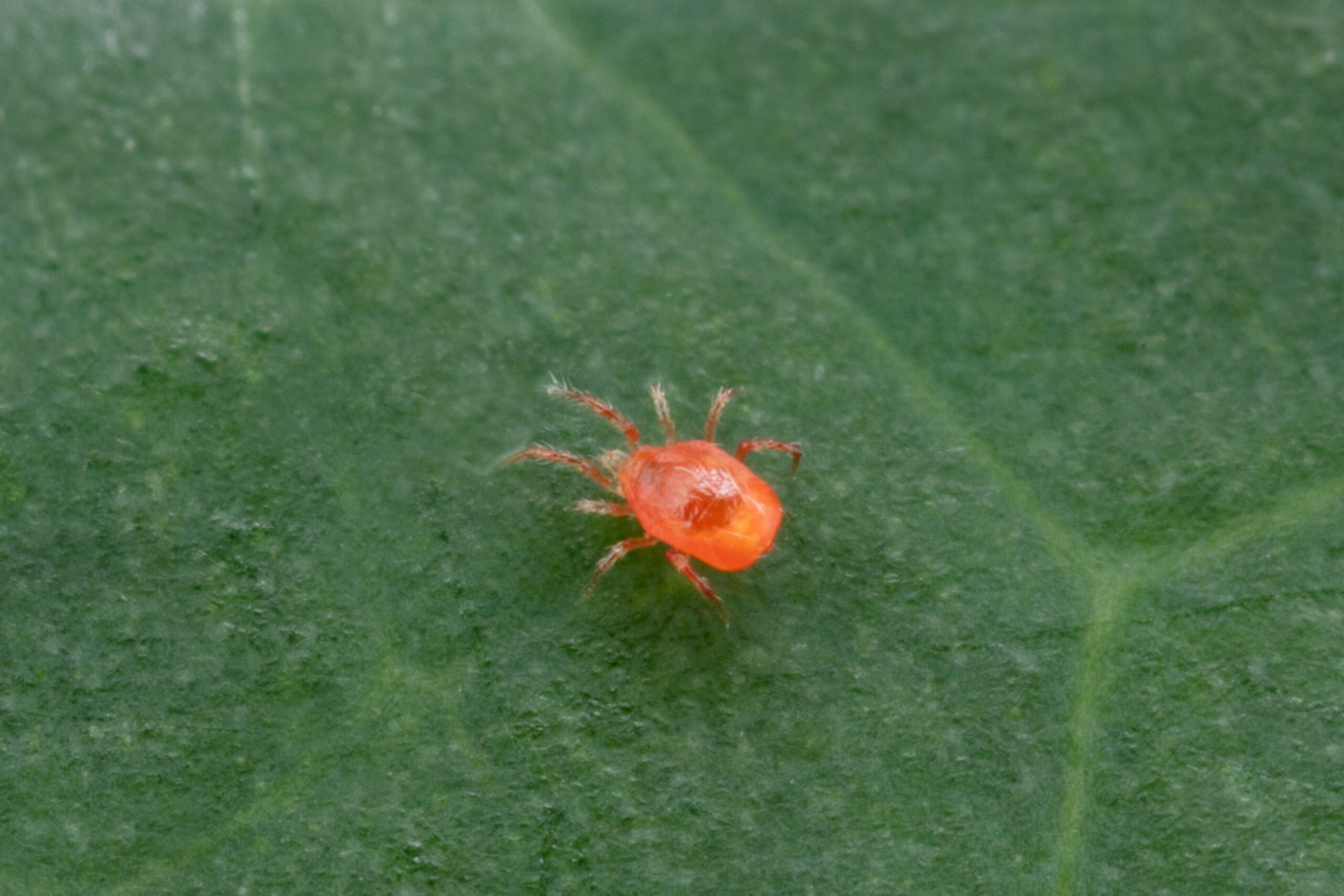

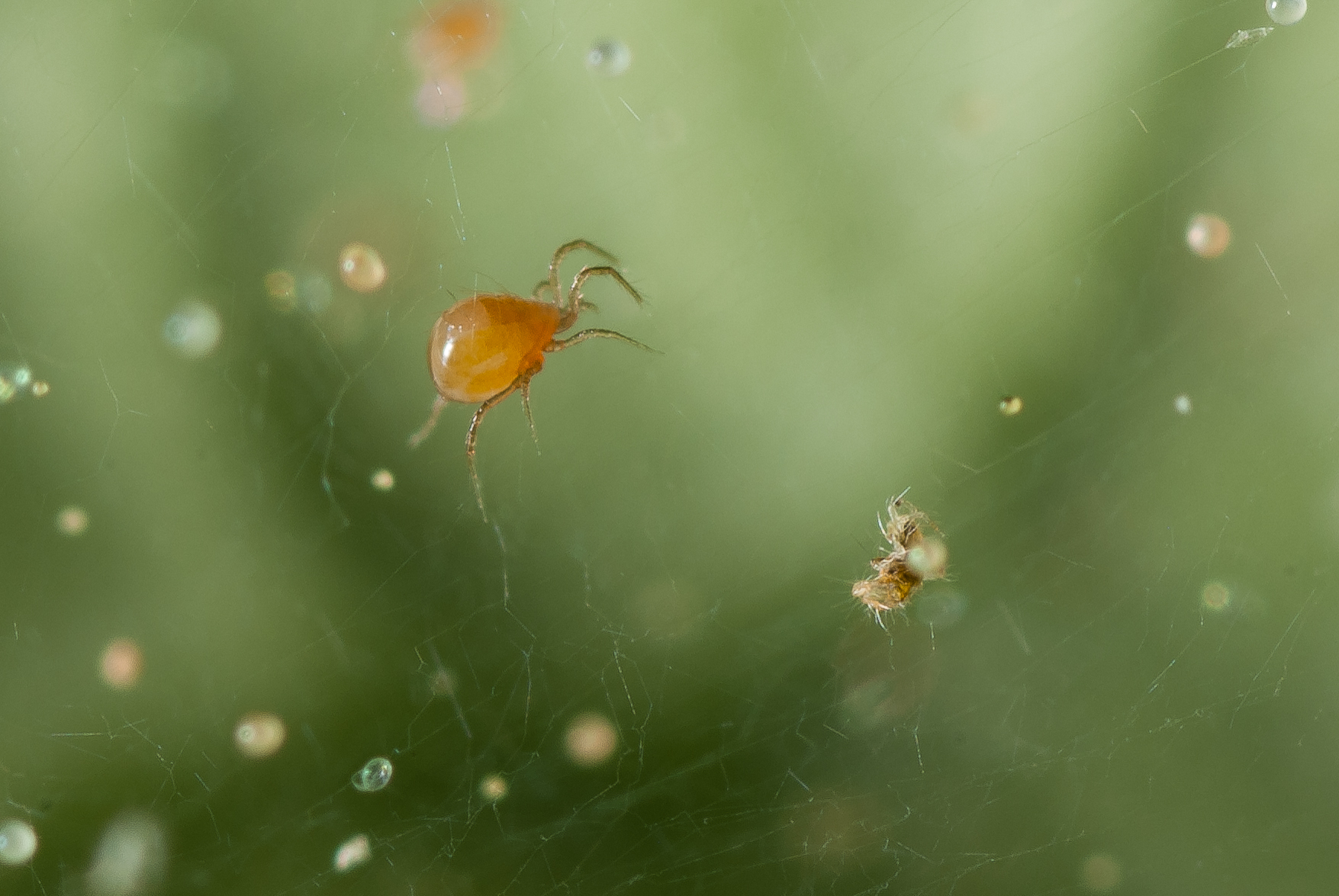

Phytoseiulus persimilis
REQUIRED : Delivery week
Important
Order before Wednesday 15:00h, EST time, for next week delivery.
| Description | Format | QTY | Price/each |
| 2,000 adults on vermiculite | 150 ml bottle | Qty | US$ 41.00 |
| 10,000 adults on vermiculit | 500 ml bottle | Qty | US$ 117.00 |
| 25,000 adults on vermiculite | 1L bottle | Qty | US$ 308.00 |
| Add products to the cart | |||
Attention
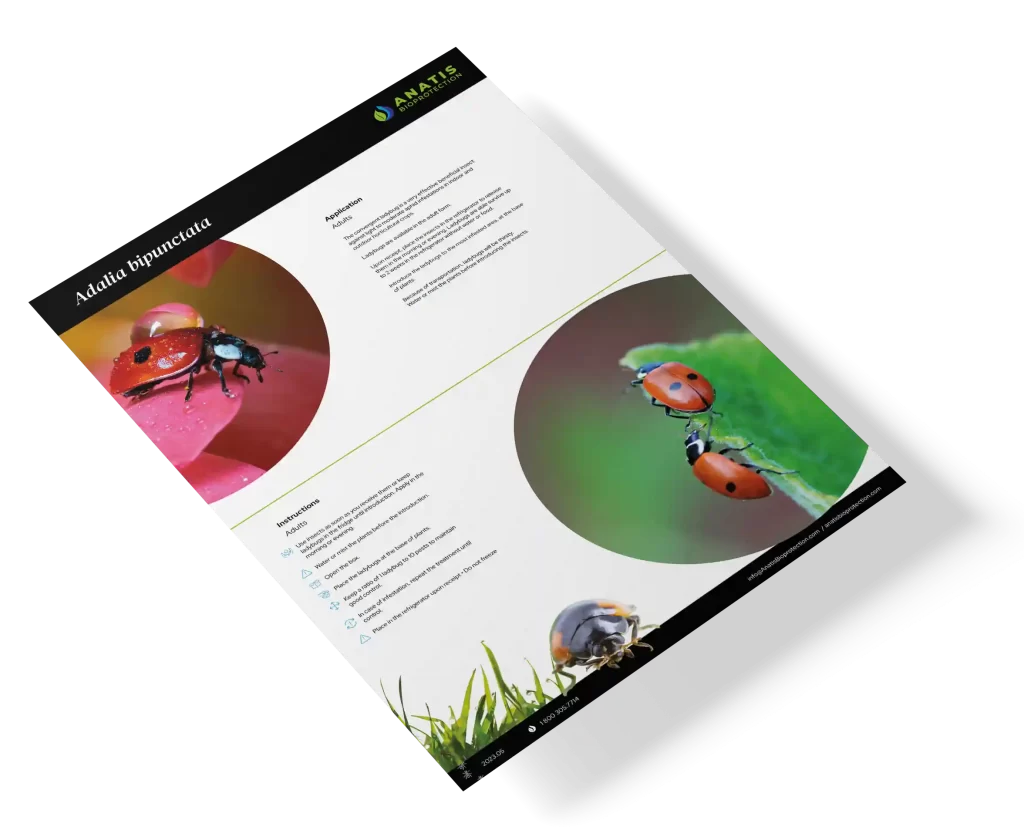

Technical sheet
DOWNLOAD IT NOW!Get easy access to all the information on this product by consulting its technical data sheet.

Targeted crops
- Cannabis
- Fruit trees:
- Orchard
- Hop
- Ornamental plants
- Small fruits:
- Blueberries
- Raspberries
- Strawberries, etc.)
- Vegetable crops:
- Cucumbers
- Peppers
- Tomatoes, etc.

Targeted pests
- Two-spotted spider mite (Tetranychus urticae)

Application Instructions
Persimilis reproduces twice as fast as the two-spotted spider mite at temperatures between 18 and 27°C – an advantage that allows it to quickly fight against these pests. However, for optimal egg development, it requires a humidity level above 60%, making regular watering essential in pest control.
If temperatures are below 20°C or above 27°C, Neoseiulus fallacis can also be a very useful complement.

Storage Instructions
- Use upon receipt.
- Do not refrigerate.
- Do not freeze.
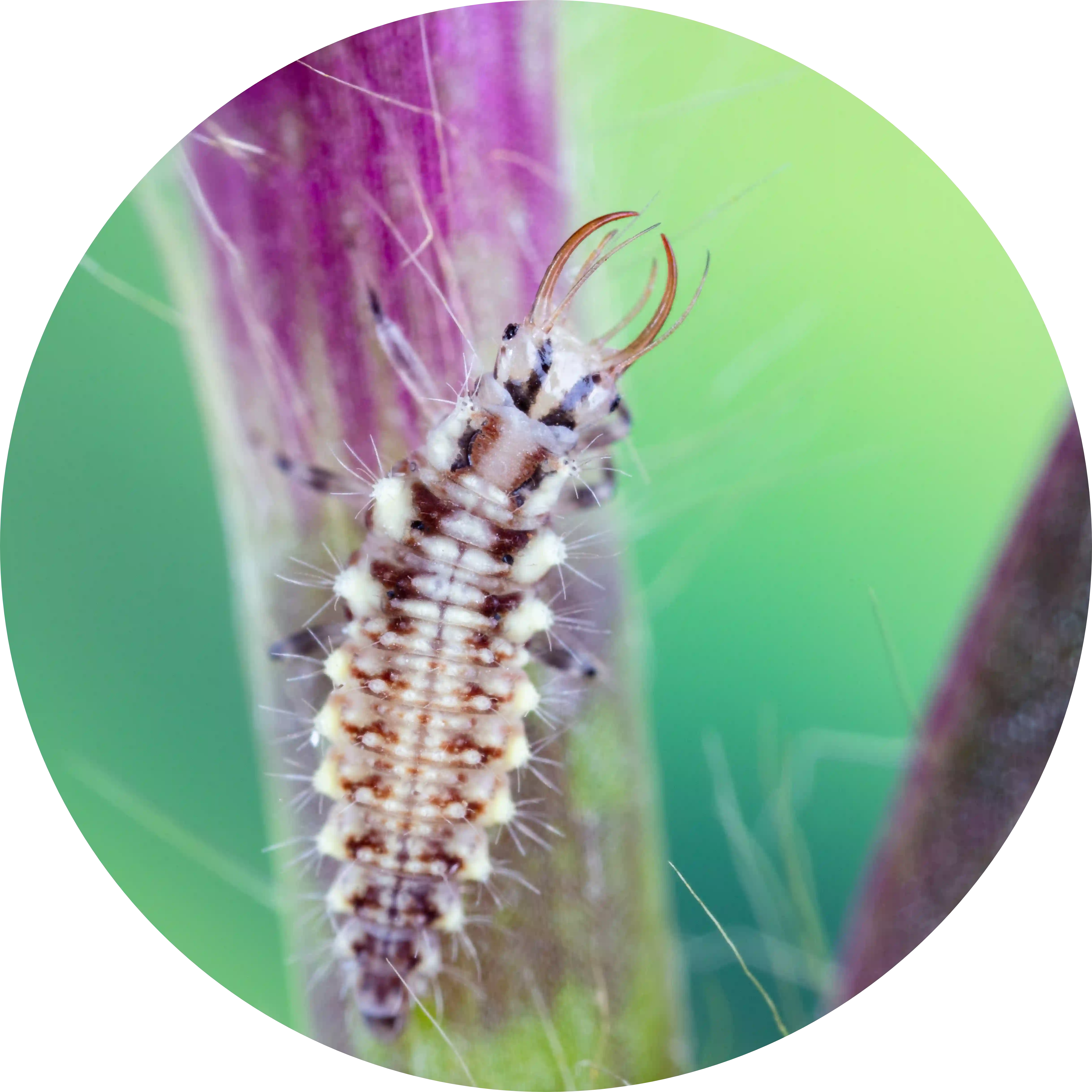



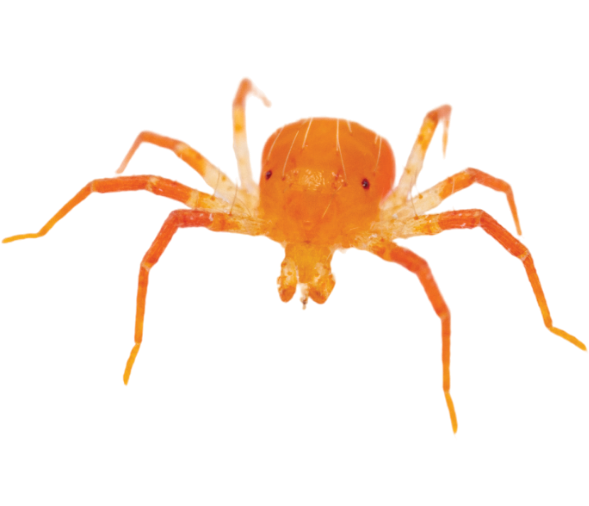
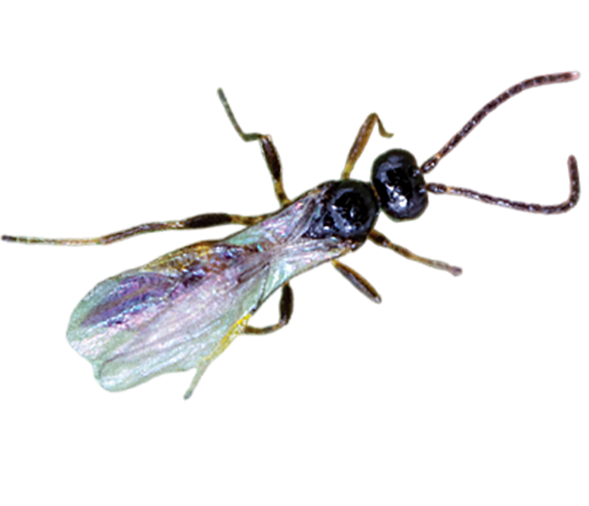


Description
Phytoseiulus persimilis is a predatory mite native to Chile commonly used for the control of two-spotted spider mite (Tetranychus urticae) in fruit, ornamental, and vegetable crops. The adults feed on the eggs, juveniles, and adults of the pest. P. persimilis is highly mobile and demonstrates great dispersal capacity under the right environmental conditions. Unlike other predatory mites, it is capable of moving in the webs of two-spotted spider mites. It reproduces very quickly, which gives it an advantage when pest populations are high. The adult is pear-shaped with long legs and measures 0.5 mm in length. With its orange coloration, it is easy to spot. The immature stages are generally semi-transparent orange in color. The eggs are oval and measure 0.3 mm (twice the size of a two-spotted spider mite egg).
Although excellent for controlling moderate to high infestations of two-spotted spider mites, it can be used for pest detection, but does not provide as effective preventive control as Neoseiulus fallacis. For best results, Phytoseiulus persimilis can be used with the latter and with the predatory lady beetle, Stethorus punctillum.